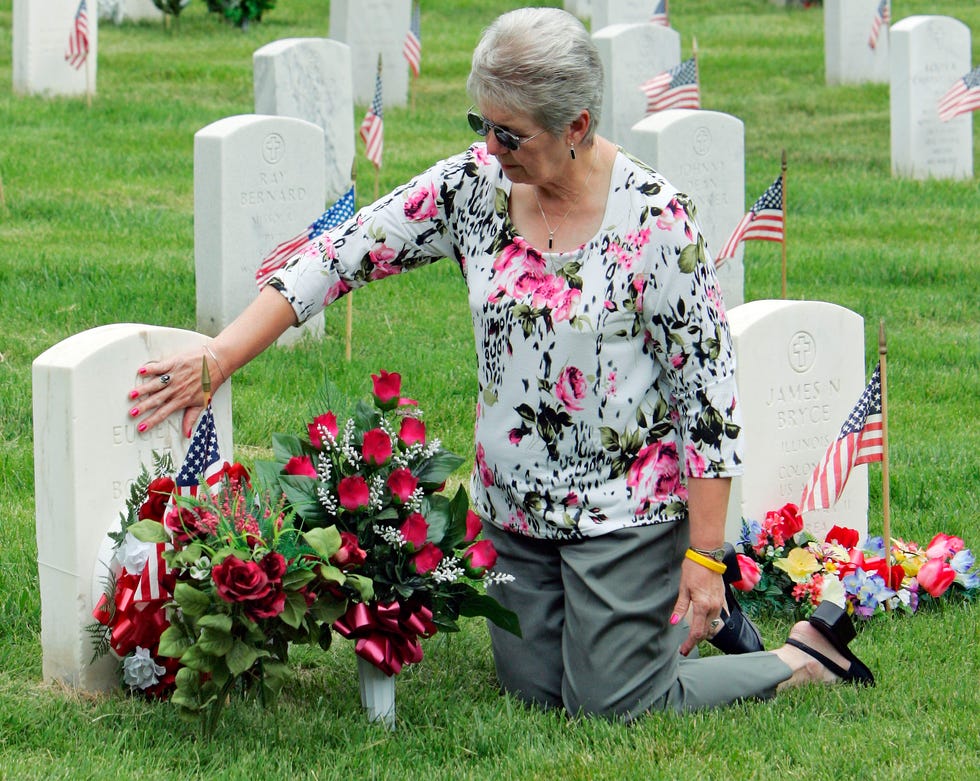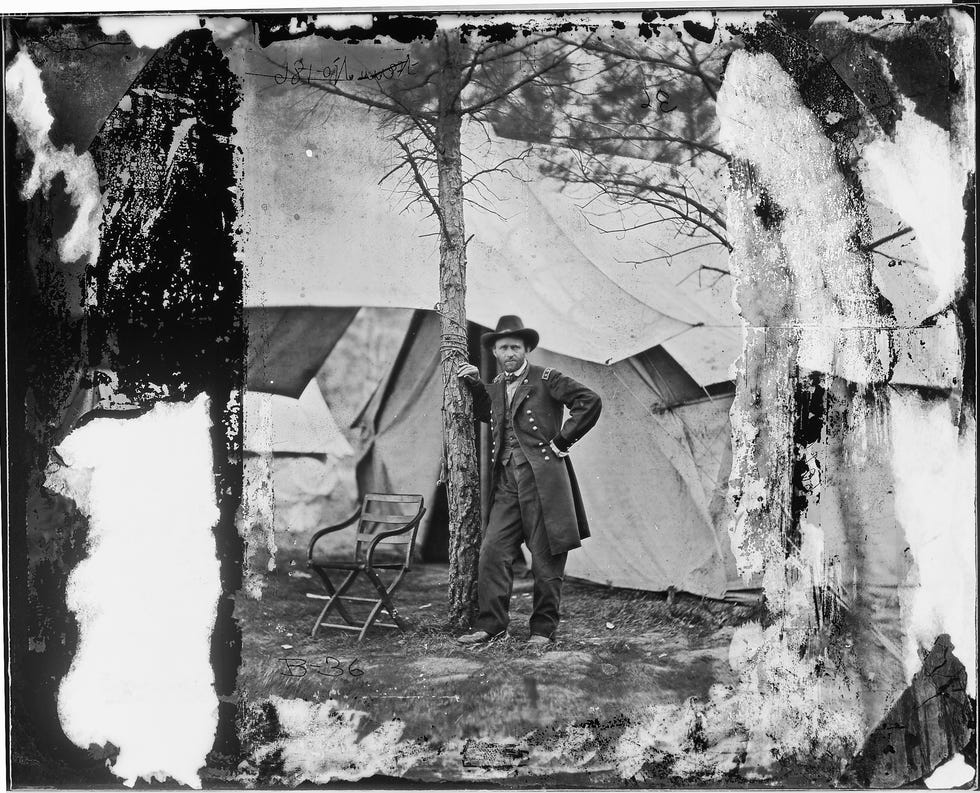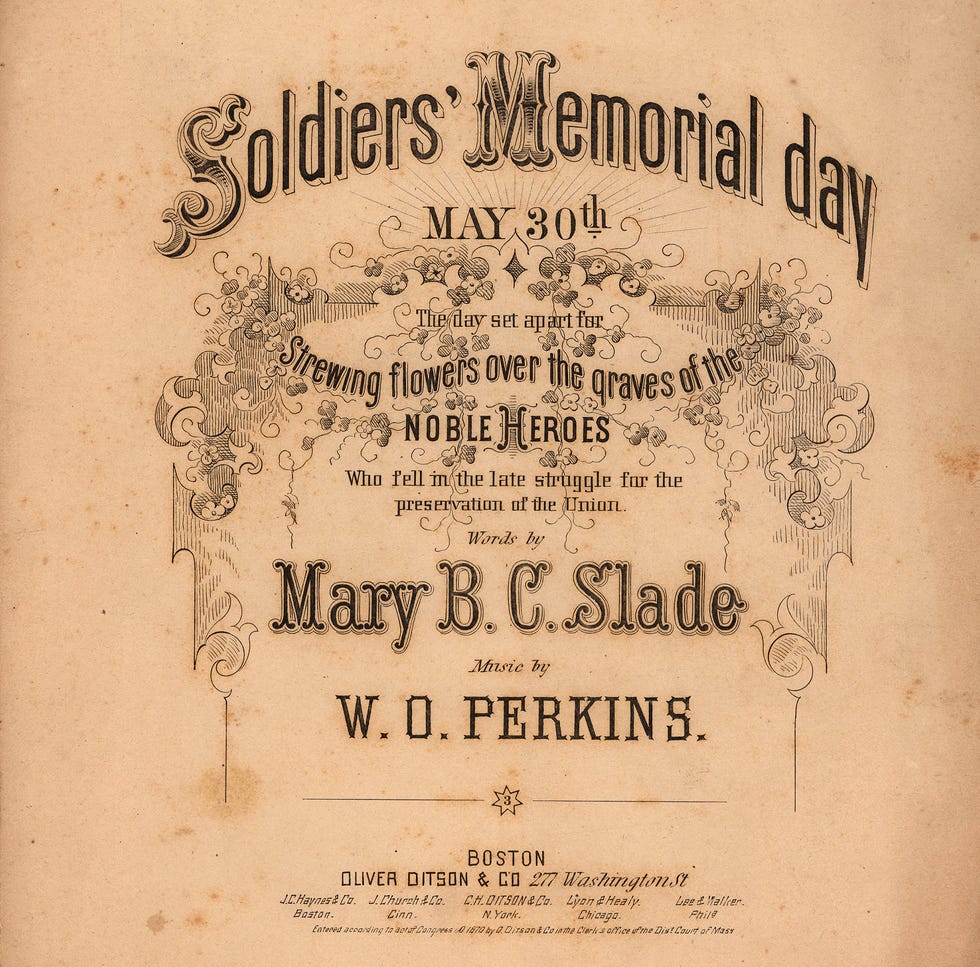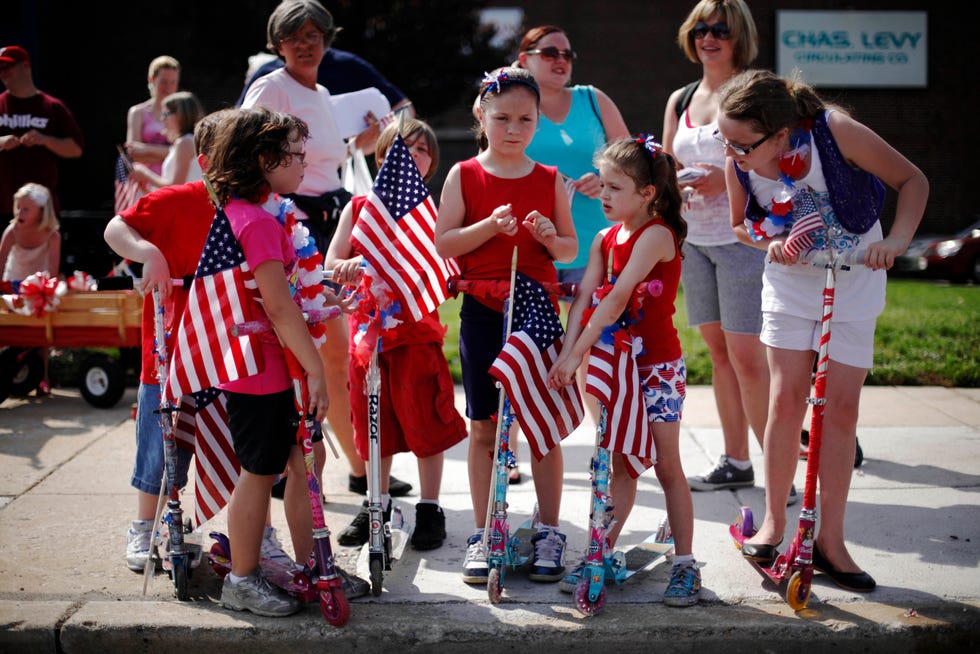No, Memorial Day isn’t about a long weekend road trip, backyard barbecue or sales. The real meaning of the national holiday is much more somber.
Originally called Decoration Day, Monday’s holiday honors all soldiers who died during service to the nation.
Memorial Day was declared a national holiday through an act of Congress in 1971, and its roots date back to the Civil War era, according to the U.S. Department of Veterans’ Affairs.
Unlike Veterans Day, Memorial Day honors all military members who have died in while serving in U.S. forces.
Ahead of this year’s holiday, here are some Memorial Day facts you might not know:
What is Memorial Day and why do we celebrate it?
The origins of the holiday can be traced back to local observances for Confederate soldiers with neglected gravesites during the Civil War.
One of the first Declaration Days was held in Columbus, Mississippi, on April 25, 1866 by women who decorated graves of Confederate soldiers who perished in the battle at Shiloh with flowers.
On May 5, 1868, three years after the end of the Civil War, the tradition of placing flowers on veterans’ graves was continued by the establishment of Decoration Day by an organization of Union veterans, the Grand Army of the Republic.
General Ulysses S. Grant presided over the first large observance, a crowd of about 5,000 people, at Arlington National Cemetery in Virginia on May 30, 1873. The orphaned children of soldiers and sailors killed during the war placed flowers and small American flags atop both Union and Confederate graves throughout the entire cemetery.
This tradition continues to thrive in cemeteries of all sizes across the country.
Until World War I, Civil War soldiers were solely honored on this holiday. Now, all Americans who’ve served are observed.
At least 25 places in the North and the South claim to be the birthplace of Memorial Day. Some states that claim ownership of the origins include Illinois, Georgia, Virginia, and Pennsylvania, according to Veterans Affairs.
Despite conflicting claims, the U.S. Congress and President Lyndon Johnson declared Waterloo, New York, as the “birthplace” of Memorial Day on May 30, 1966, after Governor Nelson Rockefeller’s declaration that same year.. The New York community formally honored local veterans May 5, 1866 by closing businesses and lowering flags at half-staff.
What is the difference between Memorial Day and Veterans Day?
Memorial Day and Veterans Day both honor the sacrifices made by U.S. Veterans but serve different purposes.
Veterans’ Day, originally called “Armistice Day,” is a younger holiday established in 1926 as a way to commemorate all those who had served in the U.S. armed forces during World War I. Memorial Day honors all those who’ve died.
Veterans Day is observed on Nov. 11 to signify the Armistice that ended combat in World War I in 1918.
After World War II, Armistice Day’s purpose broadened and changed in 1954 to recognize those who have served in all American wars.
Why is Memorial Day in May?
The day that we celebrate Memorial Day is believed to be influenced by Illinois U.S. Representative John A. Logan, who was elected to the U.S. House of Representatives as a Democrat in November 1858, and served as an officer during the Mexican War.
It is said that Logan, a staunch defender of the Union, believed Memorial Day should occur when flowers are in full bloom across the country, according to the National Museum of the U.S. Army.
Congress passed an act making May 30 a holiday in the District of Columbia in 1888, according to the U.S. Congressional Research Service.
Now Memorial Day is observed as the last Monday of May.
In 2000 The National Moment of Remembrance Act – which created the White House Commission on the National Moment of Remembrance and encourages all to pause at 3 p.m. local time on Memorial Day for a minute of silence – was signed into law by Congress and the President.








